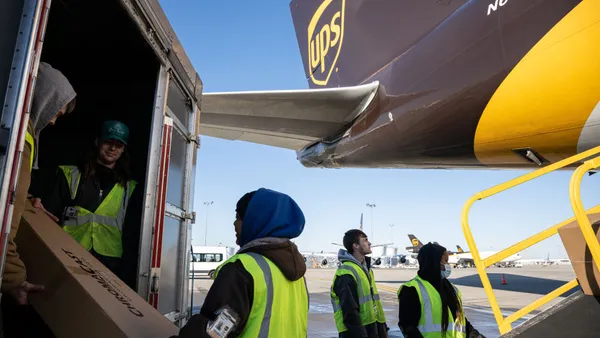Dive Brief:
-
As phonics and the science of reading gain traction in states including Maryland, Illinois and California, experts are recommending strategies that can work for all learners.
-
Of particular note is ensuring curriculum focuses on the individual needs of students, said Dean Elson, chief knowledge officer of literacy nonprofit Reading Partners.
-
“This can include one-on-one and small-group support, guided oral reading, phonemic awareness instruction, and the incorporation of more tutoring opportunities during the school day and in after-school programs,” Elson said.
Dive Insight:
Elson, who helped develop Reading Partners’ online tutoring program and platform, suggests that as the adoption of phonics and the science of reading continues to gain traction, a more national approach would help. He also says district administrators and school leaders should work at the state level to make sure the science of reading is woven into classroom literacy instruction throughout the day.
“A state-approved and district-led professional learning sequence for educators that is aligned to the science of reading would support wider adoption of best practices,” Elson said. “District administrators and school leaders also can partner with national, state and community-based programs that follow these best practices to ensure high-quality support is provided consistently for students that most need individualized instruction.”
While phonics and the science of reading are typically used with younger, early readers in elementary school, Elson said it is an approach that can help people throughout their learning years.
“It can certainly benefit readers at all age levels,” he said.
He added that students gain more when this instruction continues at home, further embedding the method beyond the classroom walls. Stakeholders and educators can support this by guiding families and other adults in a student’s life on the science of reading approach.
“Finally, we should be empowering parents and other family members and caregivers, as well, with what they want and need in the way of tools and resources to guide children’s learning," Elson said.












